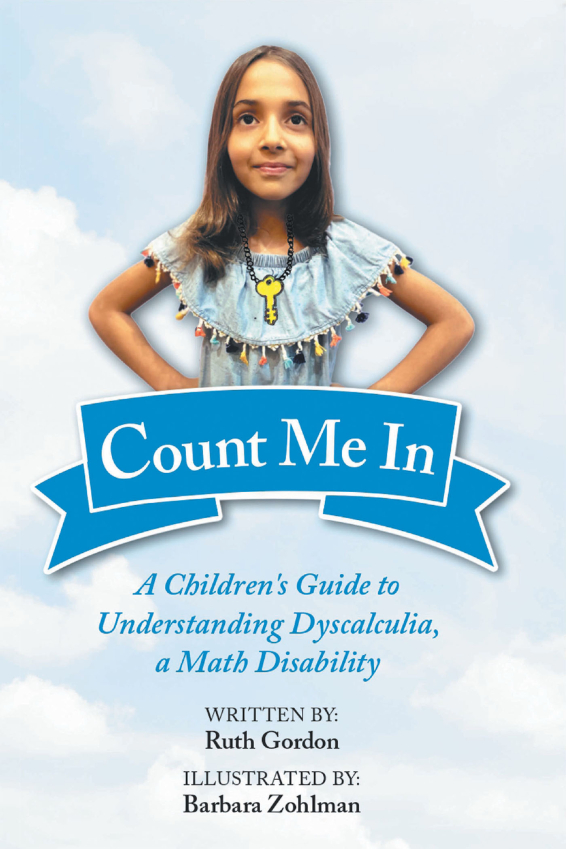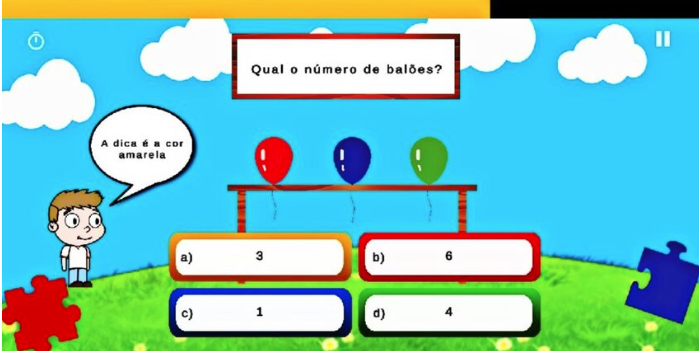In recent years, coloring has become a popular pastime for people of all ages. While it may seem like a simple activity, coloring has numerous benefits that go beyond just creating pretty pictures. For students, coloring can be a powerful tool to enhance their learning experience and promote their overall well-being. From improving focus and concentration to reducing stress and anxiety, coloring can help students in a variety of ways.
Moreover, coloring has been shown to stimulate creativity and imagination, which can be particularly beneficial for young learners. In this post, we will explore the advantages of coloring for students and how it can contribute to their academic and personal growth.
Whether you’re a teacher, a parent, or a student yourself, understanding the benefits of coloring can help you incorporate this activity into your daily routine and reap the rewards. Coloring is a simple yet effective technique that can make a significant difference in a student’s life. So let’s dive in and discover how coloring can benefit students of all ages.
Coloring: More than just fun – The educational advantages for students
Coloring is often thought of as a leisurely activity that children engage in to pass the time or to express their creativity. However, coloring can also offer numerous benefits and advantages to students of all ages. The many benefits and advantages of coloring for students, and how this activity can be a valuable tool in their academic and personal growth are as follows:
1. Promotes creativity
Serving as a creativity game, coloring helps students to express their creativity in a fun and engaging way. It allows them to choose colors, experiment with different shades, and create something unique and beautiful. By coloring, students can develop their imagination and explore their artistic skills. It can be an excellent way to encourage self-expression and develop a sense of individuality[1].
2. Relieves stress
Coloring has a calming effect on the mind, and it can help to reduce stress and anxiety levels. When students color, they can focus on the task at hand, which can distract them from negative thoughts and worries. It can be an excellent way to unwind after a long day at school, and it can help students to relax and recharge.
3. Develops fine motor skills
Coloring requires students to use their fingers and hands to hold and control the coloring tool. As they color, they need to practice fine motor skills, which can help to improve their dexterity, hand-eye coordination, and finger strength. It can be an excellent way to develop their handwriting and drawing skills. Hence, coloring can also act as a good fine motor skills activity for the kids.
4. Encourages focus and concentration
When students color, they need to focus on the task at hand, which can help to improve concentration and attention span. It can also be an excellent way to develop their ability to stay focused for longer periods, which can be helpful when studying or completing other academic tasks.
5. Enhances cognitive development
Coloring can improve cognitive development as it helps students to learn about shapes, sizes, and colors. As they color, they need to identify different shapes and match colors to specific areas, which can help to develop their problem-solving skills and improve their memory. It can be an excellent way to develop their cognitive skills and enhance their overall academic performance.
6. Encourages self-expression
Research[2] has shown that coloring can be an excellent way for students to express themselves and their emotions which eventually helps with emotional healing too. By choosing colors and creating unique designs, students can communicate their thoughts and feelings in a safe and non-threatening way. It can also be an excellent tool for students who find it difficult to express themselves verbally, allowing them to communicate their ideas and emotions in a more visual way.
Hence, incorporating coloring into a student’s daily routine can be an excellent way to help them develop essential life skills. By providing a fun and engaging activity, coloring can help students to reduce stress and improve their ability to focus and concentrate. It can also encourage creativity and imagination, allowing students to explore their artistic talents and develop their problem-solving skills.
The surprising skill development benefits of coloring for students
Coloring is not just a fun activity for children; it is also an excellent way to develop their fine motor skills, hand-eye coordination, creativity, and imagination. Through coloring, children can express their emotions, learn about colors, shapes, and patterns, and develop their cognitive, emotional, and social skills.
In this discussion, we will explore how coloring can help children develop important skills and how parents and teachers can support them in this process. Hence, it can help to develop a wide range of skills in students, including:
1. Emotion regulation
The ability to identify, understand, and manage one’s emotions in a healthy and adaptive way. Coloring can help children develop emotion regulation[3] skills by providing a safe and creative outlet for them to express their emotions.
When children color, they can use colors to represent their feelings and emotions, which can help them process and regulate their emotions in a healthy way. This can improve their emotional intelligence and help them develop more effective coping strategies.
2. Social interaction and collaboration
Coloring can be a social activity that allows children to interact and collaborate with others, which can improve their communication and collaboration skills. When children color together, they can share their ideas and techniques, and learn from each other. This can help them develop their social skills, build friendships, and improve their ability to work in groups.

3. Hand-eye coordination
Coloring requires children to coordinate their hand movements with their visual perception, which can improve their hand-eye coordination skills. Hence, it is also a great activity for hand-eye coordination. As children color, they need to focus on the lines and shapes on the page and use their hands to fill in the spaces with colors.
This requires them to make precise and coordinated movements, which can improve their ability to write, draw, and perform other tasks that require hand-eye coordination. Overall, coloring can be a fun and effective way to help children develop a range of important skills that can benefit them in various areas of their life.
4. Handwriting skills
The precise and controlled movements required for coloring can also help to improve students’ handwriting skills. By practicing these movements, students can develop the dexterity and control necessary for neat and legible handwriting. Hence, this can be a great coloring and handwriting hack for the little ones.
5. Color recognition
As students color, they learn about different colors and shades, which can improve their color recognition skills. They can also learn about complementary colors and how to create different effects through shading and blending.
6. Patience and perseverance
Coloring can be a slow and meticulous process, which can teach students patience and perseverance. It can be a satisfying and rewarding activity, but it requires patience and a willingness to work through the details.
In conclusion, coloring can be an effective tool for developing a range of skills in students. By incorporating coloring into the classroom or daily routine, educators and parents can help students improve their fine motor skills, focus and concentration, color recognition, creativity and imagination, problem-solving skills, and patience and perseverance.
Conclusion
In summary, as students color, they learn about shapes, colors, and sizes, which can enhance their cognitive development and improve their memory. By practicing fine motor skills, students can also develop their hand-eye coordination, which can be beneficial in other areas such as handwriting and drawing.
Coloring can be a powerful tool to help students improve their academic performance and develop important life skills. By incorporating this life skill activity into their daily routine, students can learn to express themselves, reduce stress, and develop their cognitive abilities. Whether it’s through coloring books or digital coloring apps, there are many ways to make coloring a fun and enjoyable activity for students of all ages.
References
- Kaimal, G., Mensinger, J. L., Drass, J. M., & Dieterich-Hartwell, R. (2017c). Art Therapist-Facilitated Open Studio Versus Coloring: Differences in Outcomes of Affect, Stress, Creative Agency, and Self-Efficacy (Studio ouvert animé par un art-thérapeute versus coloriage : différences de résultats sur l’affect, le stress, l’agentivité créatrice et l’efficacité personnelle). Canadian Art Therapy Association Journal, 30(2), 56–68. https://doi.org/10.1080/08322473.2017.1375827
- Stuckey, H. L., & Nobel, J. (2010). The Connection Between Art, Healing, and Public Health: A Review of Current Literature. American Journal of Public Health, 100(2), 254–263. https://doi.org/10.2105/ajph.2008.156497
- Jennifer Forkosh & Jennifer E. Drake (2017) Coloring Versus Drawing: Effects of Cognitive Demand on Mood Repair, Flow, and Enjoyment, Art Therapy, 34:2, 75-82, DOI: 10.1080/07421656.2017.1327272




